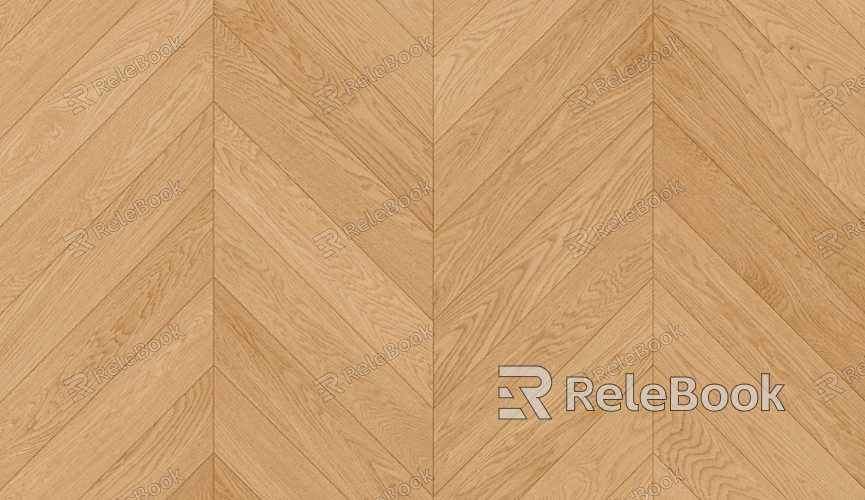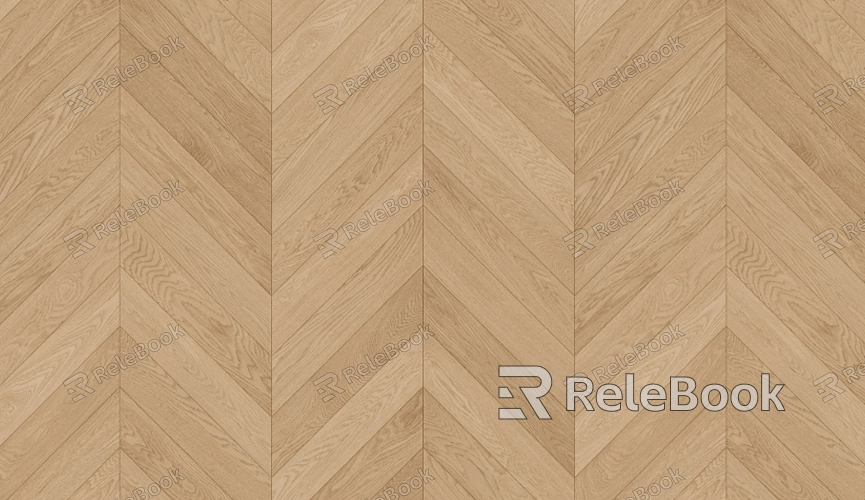How to Create Texture Maps in GIMP?
GIMP (GNU Image Manipulation Program) is a highly popular and powerful open-source image editing tool, ideal for creating and editing various types of texture maps. By using GIMP effectively, you can easily create high-quality texture maps that add depth and detail to your projects. In this article, we will delve into how to create texture maps using GIMP. Whether you are a beginner or an experienced professional, this guide will provide detailed steps and tips to help you create texture maps efficiently.

Understanding the Basics of Texture Maps
Before you start creating texture maps, it's important to understand the basic concept of texture maps. A texture map is a technique used to apply an image to the surface of a 3D model, adding properties such as color, detail, and texture. Common types of texture maps include:
Diffuse Map (Albedo Map): Defines the basic color of the object’s surface.
Normal Map: Simulates the surface detail of an object, making it appear more three-dimensional.
Specular Map: Controls the shininess and reflectivity of the object’s surface.
Roughness Map: Determines whether the object’s surface is smooth or rough.
Understanding these basic types of texture maps will help you create textures in GIMP that are accurate and effective for your 3D projects.
Gathering Resources and Setting Up GIMP
Before diving into texture creation, there are a few preparatory steps you should follow to set yourself up for success. Here's what you need to do:
1. Gather Reference Images
Textures are often designed based on real-world objects or specific artistic styles. Gathering reference images will help ensure your texture looks natural and realistic. For example, if you're creating a wood texture, you might collect images of wood to reference for creating the texture’s details.
2. Install GIMP
If you haven’t already, download and install GIMP from the official website. GIMP is a free, open-source image editing tool that supports multiple image formats and is powerful enough for texture creation.
3. Configure GIMP
Once GIMP is installed, you can adjust the layout of the interface to streamline your workflow. Open GIMP, create a new project and set an appropriate canvas size (such as 1024x1024 pixels, which is common for texture maps). You may also want to install additional plugins, such as the "GIMP Normal Map" plugin, which will help you generate normal maps.

Creating Basic Texture Maps in GIMP
Now that you're set up, let’s walk through the process of creating a basic texture map. We'll use the creation of a simple wood texture as an example to guide you through the steps.
1. Create a Base Diffuse Map
Start by opening GIMP and creating a new image. Set the resolution (commonly a power of two, such as 256x256, 512x512, or 1024x1024 pixels). These resolutions are ideal for texture maps as they ensure the textures will be applied correctly in most 3D applications.
Use the Gradient Tool: You can start by using the gradient tool in GIMP to create a smooth color gradient. For example, create a gradient from light brown to dark brown to simulate the natural color variations in wood.
Draw Details with the Paintbrush: Select an appropriate brush and use it to paint additional details such as wood grain, knots, and cracks. GIMP offers various brushes to add texture and realism to the image.
Add Noise: To make the texture look more natural, you can add noise by going to "Filters" > "Noise" > "RGB Noise." Adjust the noise intensity to add subtle variations to the texture.
2. Create a Normal Map
Normal maps are used to simulate surface details like bumps and wrinkles without adding extra geometry. In GIMP, you can use a plugin to generate normal maps.
Install the Normal Map Plugin: If you haven’t installed the normal map plugin yet, you can download and install it from GIMP’s plugin repository.
Generate the Normal Map: Select your base diffuse map, and then use the normal map plugin to generate the normal map. The plugin uses the brightness of the image to calculate surface bumps and valleys.
Adjust the Normal Map: After generating the normal map, you can adjust its strength and details to suit your needs. This will help give the surface a more realistic appearance when lit.
3. Add Specular and Roughness Maps
To make the texture even more realistic, you can create specular and roughness maps.
Specular Map: A specular map defines how shiny or reflective the surface is. In GIMP, you can create a specular map by using the brightness of the image: white areas represent shiny surfaces, while black areas represent matte surfaces.
Roughness Map: Roughness maps control the level of light scattering on the surface. Dark areas represent rough surfaces, while light areas represent smooth ones. You can adjust the contrast and brightness of your diffuse map to create the roughness map.
Making Seamless Textures
Often, textures need to be tiled or repeated across a surface. In such cases, making seamless textures is essential. GIMP offers several tools to help you achieve this.
1. Create Seamless Textures
Crop the Texture: Use the rectangular selection tool to crop out a part of the texture that you want to use. Make sure the edges are smooth and have no noticeable seams.
Use the "Make Seamless" Filter: GIMP has a filter called "Make Seamless" that helps you blend the edges of a texture so that it tiles without visible seams. This can be found under "Filters" > "Map" > "Make Seamless."
Manually Touch Up: Sometimes, the automatic tools might not work perfectly. You can use the paintbrush tool to manually touch up the seams and make the texture look more natural.
2. Test the Texture
Once you’ve created your texture, it’s time to test it. Most 3D modeling software allows you to apply a texture map to a 3D object. This will let you check how the texture looks when mapped onto the model. If you see any issues, you can return to GIMP to adjust the texture before reapplying it.
In this article, we’ve covered the basics of creating texture maps using GIMP, from making a base diffuse map to generating normal maps, specular maps, and roughness maps. We also discussed how to create seamless textures and test them on 3D models. If you're looking for more high-quality 3D models and textures, be sure to visit the Relebook website to download the perfect assets for your next project.
FAQ
What types of texture maps can I create in GIMP?
In GIMP, you can create a variety of texture maps, including diffuse maps, normal maps, specular maps, and roughness maps. These maps are essential for creating realistic materials for 3D objects.
How do I generate a normal map?
To generate a normal map in GIMP, you need to install the "GIMP Normal Map" plugin. Once installed, select your base diffuse map and use the plugin to generate a normal map. The plugin calculates surface details based on the image’s brightness.
How do I create a seamless texture?
To create a seamless texture in GIMP, use the "Make Seamless" filter to automatically blend the edges of the texture. You can also manually adjust the seams with the paintbrush tool to ensure the texture tiles are smooth.

